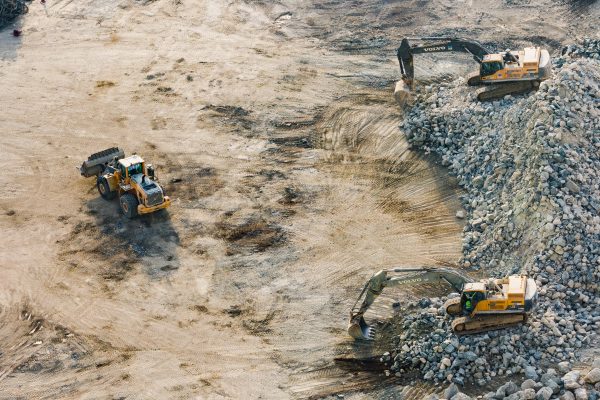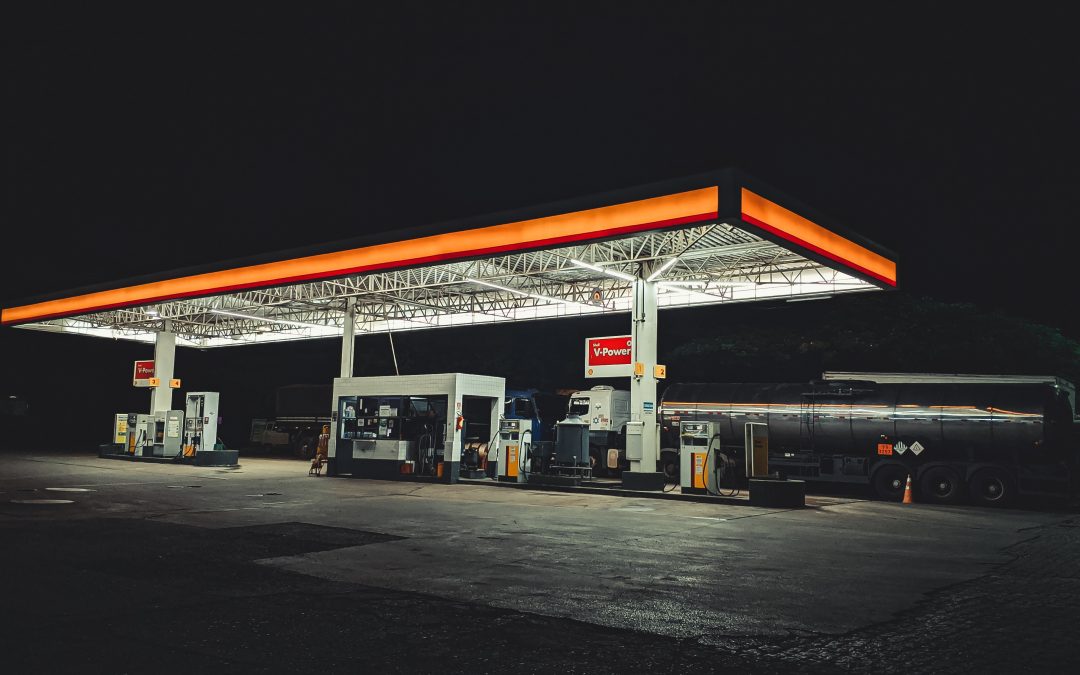Why fuel price rises are hitting construction harder than most
Industry matters • News
The last couple of months have seen prices increase on forecourts across the UK – depending on who you ask this is down to supply issues, increased demand, environmental factors, or just plain old profiteering.
Whichever explanation(s) you choose to accept, the end result is the same – Joe (and Jo) Public out of pocket but with, in many cases, no viable alternative but to continue running their car.
The construction industry has been impacted even more than most by these rises as they happen to have coincided with an end to the “red diesel” rebate scheme.
What is red diesel?
Chemically, exactly the same as normal diesel that you’d fill up with at a garage (either on purpose or when making a very expensive mistake). The only difference is the addition of a red dye for identification purposes, and the sizeable rebate to which users in certain industries have historically been entitled. This includes agriculture – running tractors and combine harvesters isn’t cheap – and until very recently, construction.
How much could businesses save?
The standard rate of duty for fuel used by road vehicles is 52.95 pence per litre (ppl). The rebated rate is 10.18 ppl – a difference of 42.77 ppl. Of course, this adds up quickly when it comes to a whole building site worth of plant and machinery – even moreso when extended across a whole fleet, either of large construction firms or hire companies. With the rebate no longer applying to construction machinery, compounded by the more generalised price rises caused by other factors, prices are expected to go up at every level of the supply chain.

Are there any alternatives?
A renewed interest in, and reliance upon, renewable and clean fuel will hopefully lead to breakthroughs in the near future. Hydrogen fuel was once hailed as the “fuel of the future” and despite seemingly fading away in the last decade or so, its time may finally come. Electric plant and machinery has gained traction in recent years, but quite often these units end up being charged from a diesel generator on-site which raises question marks over how viable they actually are as greener, cheaper alternatives. Some corners are advocating for greater investment in nuclear power, using miniaturised reactors like those which power submarines. In any case, there is sure to be some innovation in the industry and beyond in years to come.
